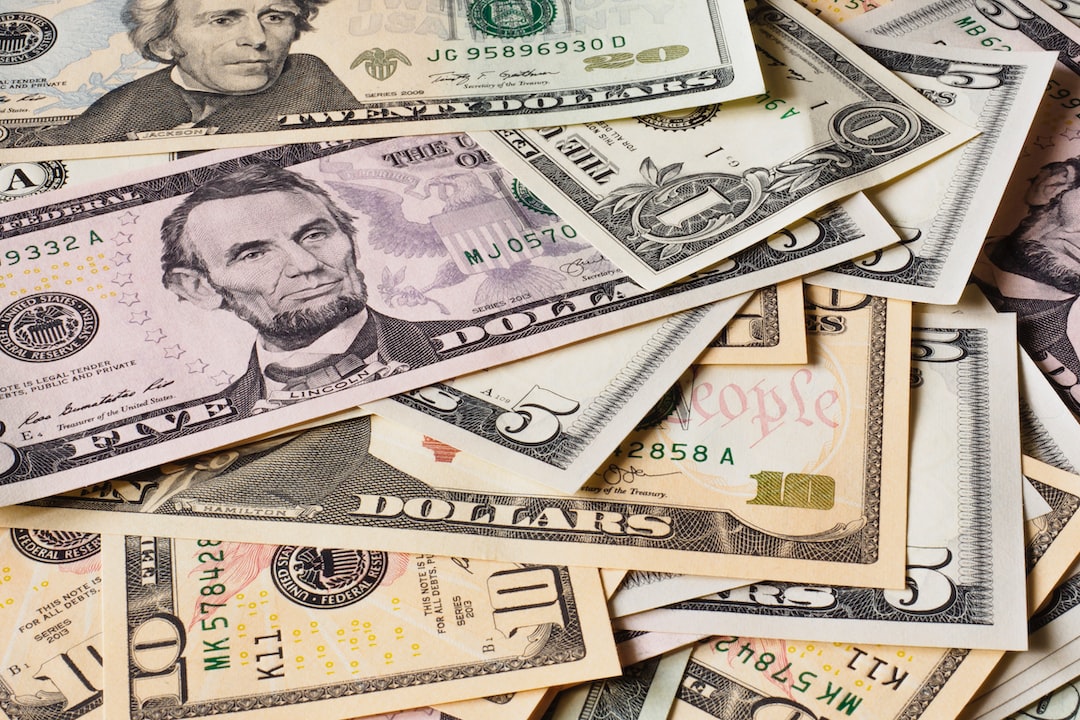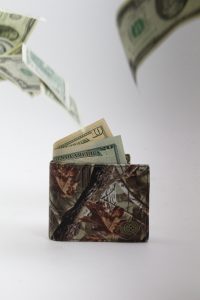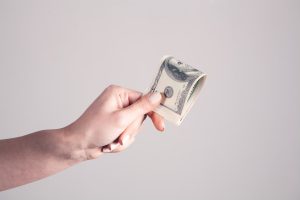Forex, otherwise known as foreign exchange, is the largest financial market in the world. It is a decentralized market in which currencies are traded, with participants including large financial institutions, hedge funds, commercial banks, and individual traders. But where does forex money come from?
In forex trading, money is made through buying and selling currencies. The price of currencies is determined by supply and demand, which is influenced by a range of factors such as economic data releases, geopolitical events, and central bank announcements. When a currency is in high demand, its value increases, and when it is in low demand, its value decreases.
The forex market is open 24 hours a day, five days a week, allowing traders to buy and sell currencies at any time. The market is highly liquid, with trillions of dollars being traded daily. The liquidity of the market means that there is always someone willing to buy or sell a currency, making it easy for traders to enter and exit positions.
The forex market is also highly leveraged, which means that traders can control large positions with a relatively small amount of capital. This is because forex brokers offer leverage, which is essentially a loan that allows traders to control a larger position than they would be able to with their own capital. For example, if a trader has $1,000 in their account and a broker offers a 100:1 leverage, the trader can control a position of $100,000.
So where does the forex money come from? It comes from the profits made by traders who buy and sell currencies. When a trader buys a currency, they hope that its value will increase so that they can sell it for a profit. Conversely, when they sell a currency, they hope that its value will decrease so that they can buy it back at a lower price and make a profit.
Forex traders can make money in two ways: through capital appreciation and through interest. Capital appreciation is when the value of a currency increases, resulting in a profit when the trader sells it. Interest is earned on the currency that is held in a trading account. This interest is paid by the central banks of the respective currencies, and it is based on the interest rate differential between the two currencies in the pair being traded.
For example, if a trader is long on the AUD/USD currency pair, they are essentially buying Australian dollars and selling U.S. dollars. If the interest rate in Australia is higher than the interest rate in the U.S., the trader will earn a positive swap, which is the difference between the two interest rates. If the interest rate in the U.S. is higher than the interest rate in Australia, the trader will pay a negative swap.
In addition to traders, other participants in the forex market include central banks, commercial banks, and corporations. Central banks participate in the forex market to manage their foreign exchange reserves and to influence the value of their currency. Commercial banks participate in the market to facilitate transactions for their clients, while corporations participate in the market to hedge their currency risk.
In conclusion, forex money comes from the profits made by traders who buy and sell currencies. The value of currencies is determined by supply and demand, which is influenced by various economic and geopolitical factors. Forex traders can make money through capital appreciation and through interest earned on the currency held in their trading account. The forex market is highly liquid and leveraged, making it accessible to a wide range of participants, including individual traders.





